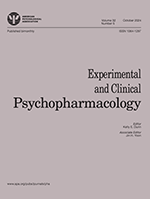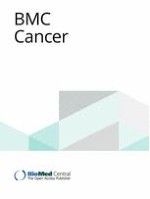
“Gliobalstoma multiforme (GBM) or grade 4 astrocytoma is the most malignant form of primary brain tumor. Treatment of glioblastoma is difficult despite of surgery, radiotherapy and chemotherapy. Patients with glioblastoma survive for less than 12 months.
Considering to biology function of glioblastoma, researchers have recently offered new therapeutic approaches such as cannabinoid therapy for glioblastoma.
Cannabinoids are active compounds of Cannabis sativa that operate in the body similar to endogenous canabinoids –the endocannabinoids- through cell surface receptors.
It is interesting that cannabinoids could exert a wide spectrum from antiproliferative effects in condition of the cell culture, animal models of glioblastoma and clinical trials.
As a result, Cannabinoids seem to modulate intracellular signaling pathways and the endoplasmic reticulum stress response in glioma cells.
Those play antitumoral effects through apoptosis induction and inhibition of glioblastoma angiogenesis.
The goal of this study was to discuss cannabinoid therapy and also what cellular mechanisms are involved in the tumoricidal effect of the cannabinoids.
In this review article, we will focus on cannabinoids, their receptor dependent functional roles against glioblastoma acccording to growth, angiogenesis, metastasis, and future purposes in exploring new possible therapeutic opportunities.”
http://journals.sbmu.ac.ir/Neuroscience/article/view/13655










